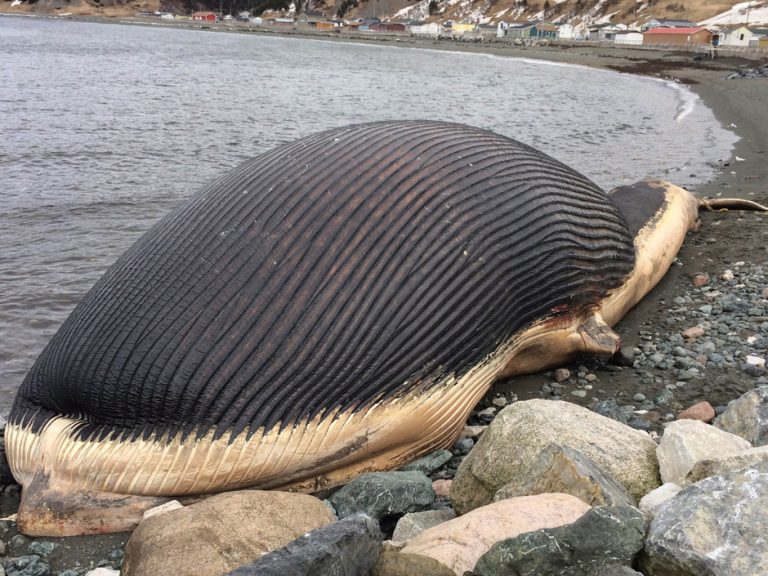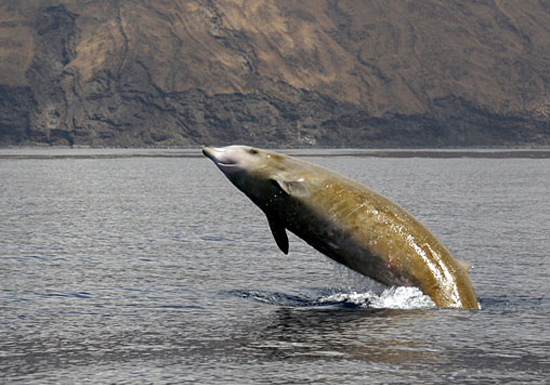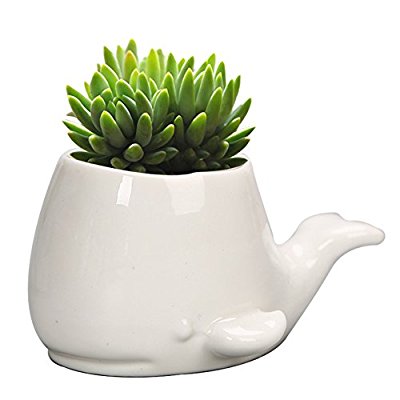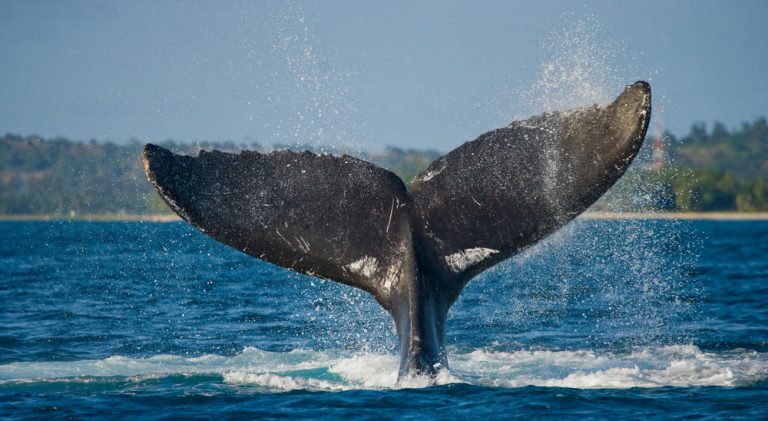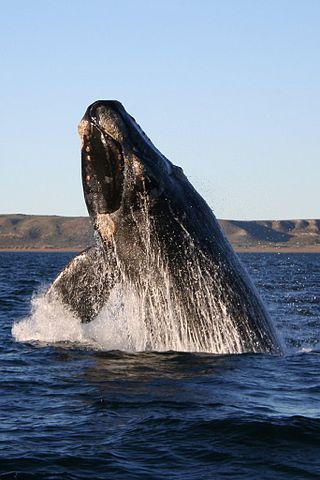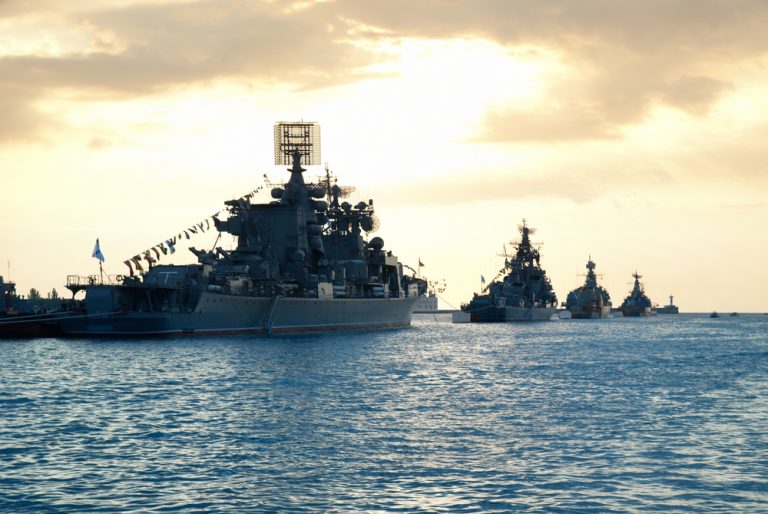Whale Collisions: The Little Known Danger That Ships Can Avoid
The risks of Whale Collisions increases with more marine traffic. But they can be avoided.
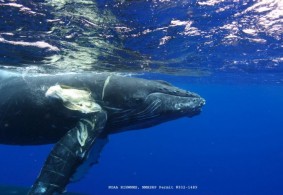
Whale Collisions have increased in recent years thereby putting pressure on an already threatened group of animals. For instance, collisions with oceangoing vessels killed more than 24 of the 67 right whales found dead between 1970 and 2007.
Many more collisions are not recorded or reported. This undermines efforts to help ensure that effective measures are put in place to reduce them.
Whale collisions are a serious incident because the impact causes severe injuries and even deaths to both the whales and sometimes the human beings using the vessel.
The most commonly affected whale species are humpback whales, blue whales, and the north Atlantic right whales.
This is how whale collisions happen:
How Whale Collisions Happen
Speeding Vessels.
Due to the rise in technology, we have much faster ships than those available in the past. The same way a speeding vehicle is more likely to hurt a human being as compared to a slow-moving vehicle, is the same way a speeding ship would cause injuries resulting in death to these mammals.
Larger Ships.
Most ships that pass through whale habitats are heavy duty and are large in size. When a heavy vessel moving at a high speed collides with a whale, it instantly kills the mammal. Whales do not know how to swim away from the coming object, instead they dive.
Unfortunately, they do not do so fast enough. Also due to the size of the vessel, a part of it could still hit the whale causing injury and death.
Marine Noise.
The noise from the vessels can momentarily deafen the whales making them not hear or detect oncoming vessels. Once they are caught off guard, the animal would not be able to get out of the way fast enough. Usually because of their large size.
Therefore, they need to hear the sound long before it gets close so they can escape.
Feeding Close To Shore.
Whales often chase prey all the way close to shore. This also poses a threat and increases the risk of more ship collisions.
What Can Ships Do To Avoid Hitting Whales?
Due to the increased dangers that collisions pose to both humans and whales, people are coming up with safer ways to avoid collisions. They can actually be avoided without affecting human activities. Collaborations between governments, the marine industry, and scientists can help to minimize the risks.
Let’s find out a few things ships can do to avoid whale collisions:
Innovation.
People are using innovative ways that are helpful. The discovery of an anti-collision system has reduced the number of incidents greatly. The systems are mounted on the ships and help them to detect the presence of a whale. By so doing, they send information to the vessel to avoid hitting the whale and signal the vessel to slow down.
Also, the use of silencers fitted in vessels can reduce the noise produced by ships and protect whales hearing systems.
Proper Reporting.
Ship owners are being educated and encouraged to report collisions once they occur. This will help the authorities with accurate data and allow them look for better ways to minimize risks. Important statistics like the number of ships passing in a given sea-line, the number of collisions in a specific area and the speed at which a vessel was traveling can help to find a solution to the collisions.
Reducing Vessel Speed.
Since speed is one of the main causes of deaths during whale collisions, regulations are in place to control the maximum speed a vessel should use in a particular area populated by whales. This can reduce injuries and deaths to whales even during collisions.
Changing The Sea-Line.
In places where whales are many, vessels can redirect their sea lines to less populated lines. This is an easy way to avoid colliding with whales leaving them to enjoy their natural habitat without human interference.
Whales and especially blue whales are becoming more and more endangered each day due to human activities. It’s time to look for effective ways to minimize risks of collision in order to save them. That will also reduce the loss to human beings too.

